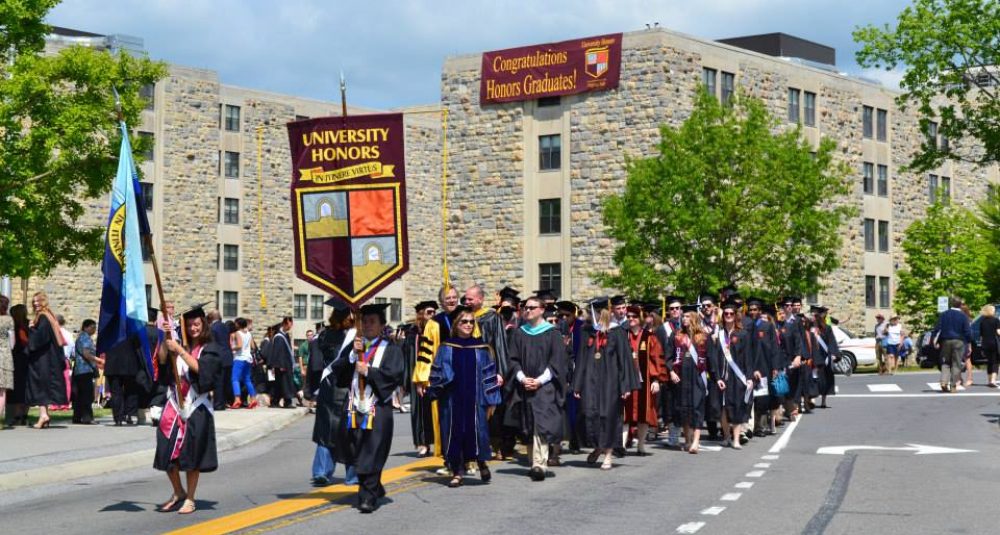Editor’s Note: The story below was originally published on the Michigan State University Today site on November 13, 2013…
Craig Pearson, an Honors College senior majoring in neuroscience, biochemistry and molecular biology in the College of Natural Science and English in the College of Arts and Letters, has been selected to interview for the Rhodes Scholarship and the Marshall Scholarship and has been nominated for the Churchill Scholarship.
Pearson is from Bloomfield Hills and graduated from University of Detroit Jesuit High School.
If awarded, he would become MSU’s 18th Marshall Scholar, its 17th Rhodes Scholar and its 17th Churchill Scholar.
Pearson was named a Goldwater Scholar in 2012 and he served on MSU’s 2013-14 Homecoming Court.
Stemming from a high school volunteering position in which he worked with students who have visual impairments, Pearson wants to develop treatments for blindness and visual impairments.
“In the past, going from blindness to sight has seemed practically unthinkable,” he said. “But in today’s climate of groundbreaking scientific research, this phenomenon is not merely possible, but a realistic goal. With dedication and rigorous research, we can restore vision and change lives. I want to be part of that phenomenon – to be there when someone opens his or her eyes and experiences the unimaginable rush of new sight.”
Pearson entered MSU as an Alumni Distinguished Scholarship recipient and now serves as an undergraduate research assistant in the Department of Small Animal Clinical Sciences and an undergraduate lab manager and lead undergraduate researcher for the Digital Humanities and Literary Cognition Lab.
He has served as a clinical volunteer at the MSU Department of Neurology and Ophthalmology. Pearson also is the student managing editor for ReCUR, the Red Cedar Undergraduate Research Journal, and is the founder and managing editor of Exceptions: The Art and Literary Journal for Students with Visual Disabilities.
“Craig has impressed us with his academic talent and service to others and we’re hopeful that he’ll be just as impressive during his interviews,” said Cynthia Jackson-Elmoore, dean of the MSU Honors College.
– See more at: http://msutoday.msu.edu/news/2013/msu-senior-nominated-for-prestigious-scholarships/#sthash.s2Odq0x1.dpuf
Craig Pearson, an Honors College senior majoring in neuroscience, biochemistry and molecular biology in the College of Natural Science and English in the College of Arts and Letters, has been selected to interview for the Rhodes Scholarship and the Marshall Scholarship and has been nominated for the Churchill Scholarship.
Pearson is from Bloomfield Hills and graduated from University of Detroit Jesuit High School.
If awarded, he would become MSU’s 18th Marshall Scholar, its 17th Rhodes Scholar and its 17th Churchill Scholar.
Pearson was named a Goldwater Scholar in 2012 and he served on MSU’s 2013-14 Homecoming Court.
Stemming from a high school volunteering position in which he worked with students who have visual impairments, Pearson wants to develop treatments for blindness and visual impairments.
“In the past, going from blindness to sight has seemed practically unthinkable,” he said. “But in today’s climate of groundbreaking scientific research, this phenomenon is not merely possible, but a realistic goal. With dedication and rigorous research, we can restore vision and change lives. I want to be part of that phenomenon – to be there when someone opens his or her eyes and experiences the unimaginable rush of new sight.”
Pearson entered MSU as an Alumni Distinguished Scholarship recipient and now serves as an undergraduate research assistant in the Department of Small Animal Clinical Sciences and an undergraduate lab manager and lead undergraduate researcher for the Digital Humanities and Literary Cognition Lab.
He has served as a clinical volunteer at the MSU Department of Neurology and Ophthalmology. Pearson also is the student managing editor for ReCUR, the Red Cedar Undergraduate Research Journal, and is the founder and managing editor of Exceptions: The Art and Literary Journal for Students with Visual Disabilities.
“Craig has impressed us with his academic talent and service to others and we’re hopeful that he’ll be just as impressive during his interviews,” said Cynthia Jackson-Elmoore, dean of the MSU Honors College.

